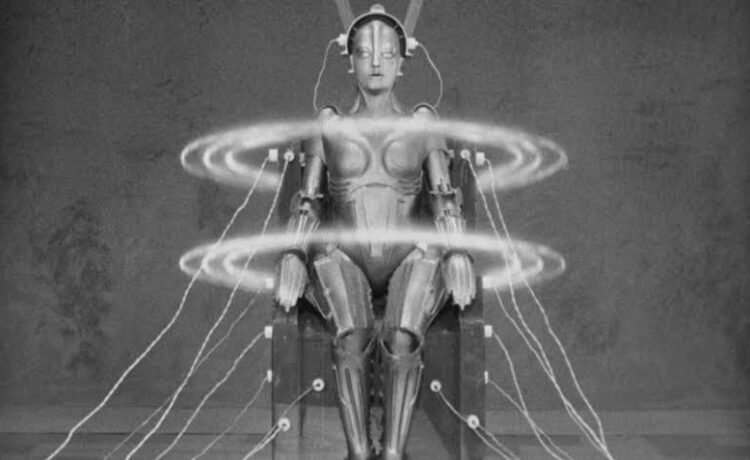Ultra-tall high-rises against dark skies. A huge distance between the rich and the poor. Robber barons at the helm of large-scale industrial operations that turn man into machine. Machines that have become intelligent enough to displace man. These have all been standard elements of dystopian visions so long that few of us could manage to imagine a grim future without including at least a couple of them. We’ve all seen these elements used before, and they owe much of their staying power to the impact they first made in Fritz Lang’s cinematic spectacle Metropolis, which premiered 98 years ago. Many imitations have since passed through popular culture, most of which haven’t mastered the techniques that gave the original its power.
“Set in a futuristic urban dystopia, the film portrays a divided society where the wealthy elite live in luxurious skyscrapers while the oppressed working class toil underground,” writes Pruethicheth Lert-udompruksa at the IAAC blog. “The film explores themes of class struggle, social inequality, and the dehumanizing effects of industrialization.”
One of those theme’s strongest icons is the Tower of Babel, a looming skyscraper that “symbolizes the stark division between the privileged and the oppressed.” As Paul Batters writes at the Silver Screen Classics blog, “like the ziggurats of Ur, the pyramids and temples of Egypt,” that building and other elements realized by the film’s groundbreaking visual design add up to a titular “city that dominates humanity.”
The loss of humanity is the prime concern of the Junkies video essay at the top of the post, which explains several ways Lang and his collaborators convey that phenomenon through light, shadow, and perspective — light, shadow, and perspective being the main tools available to a black-and-white silent film. The One Hundred Years of Cinema video essay just above covers more such aspects of the picture’s construction, as well as its historical context: “In nineteen-twenties Europe, a radical form of nationalism called fascism was coming to prominence, and six years after the film’s release, Lang found himself exiled to America for his refusal to join the Nazi party.”
For quite some time, the versions of Metropolis that people could see were censored or otherwise incomplete cuts; only in 2008 did it undergo a complete restoration. But now, it’s easier than ever to see that its “winning combination of camera shots and angles, lighting contrasts, and shot composition really do well to depict humanity as becoming subservient to technology. And so, perhaps today, more so than in 1927, it is easier to read the message that Lang is trying to portray through the cinematic devices he employs.” Watching the impoverished workers of Metropolis become part of the machine they work for, while its idle rich “become part of the machine by submission [to] pleasure,” we might reflect upon the astuteness of the choice to set the film’s story in the year 2026.
Related content:
Fritz Lang Invents the Video Phone in Metropolis (1927)
Read the Original 32-Page Program for Fritz Lang’s Metropolis (1927)
Based in Seoul, Colin Marshall writes and broadcasts on cities, language, and culture. His projects include the Substack newsletter Books on Cities and the book The Stateless City: a Walk through 21st-Century Los Angeles. Follow him on the social network formerly known as Twitter at @colinmarshall.















